We all know what our dream home looks like, but we also know what needs and requirements must be met to fit our lifestyle. Ideas are many, information is varied, but all that matters to everyone is that the end result is as expected. In addition to the budget and getting the documents, the house design and building materials become the most important elements that can create a comfortable, durable, aesthetically pleasing and economical living environment with low maintenance costs.
Comfort is an accumulation of factors. The design, the ratio of natural to artificial light, sound insulation, the materials used to finish the walls, all make the inhabitants of a home more or less healthy and happy. Saint-Gobain Group, a world leader in the field of housing and building materials, offers architects, builders and all those interested, concept Multi ComfortThe new concept, a way of designing and constructing buildings centered on today's comfort needs. It is a complex and revolutionary concept that combines five key aspects of comfort - aesthetics, thermal, acoustic, visual and air quality. The Multi Comfort Concept talks about the ideal amount of light, the right level of noise, the ideal temperature. It is about design and technology, beauty and safety, efficiency and durability.
Comfort dimensions
The quality of work and performance, health, learning ability, general well-being, all depend directly on the 5 aspects of comfort - aesthetic, thermal, acoustic, visual, air quality - but above all on the interactions between them. Saint-Gobain has designed the Multi Comfort concept to contribute to a sustainable future for us all. Buildings that meet the Multi Comfort standard consume less energy and resources, and waste and pollution are significantly reduced.
The idea started from the realization that the functioning of buildings, in their totality, has a direct impact on our general state of well-being. Even though much of our lives take place indoors - our homes, schools, offices, leisure and entertainment spaces, means of transportation - we think very little about their impact on our well-being. Buildings need to protect us from noise, nuisance or the elements, but also to allow us to live, work and play in the healthiest and most pleasant environments. Saint-Gobain believes that the right amount of light, the right level of sound, air quality and an ideal temperature, and the comfort provided by the combination of these elements, are the key to a building's sense of well-being.
Thermal comfort is very important for us to feel well, concentration, dexterity, and the occurrence of accidents being influenced by extreme temperatures. We are influenced not only by temperature variations, but also by variations in humidity or air movement, the way we are dressed or the activities we do. Their impact needs to be minimized to reduce discomfort and function normally. Studies on the relationship between temperature and performance have shown that performance decreases with 10% at both 30°C and 15°C, compared to the 21-23°C reference range where maximum performance is achieved.
Acoustic comfort means being free from unwanted noise, being able to do noisy activities without disturbing others, and hearing sounds of the right quality and level. In acoustically balanced environments we are more productive, happier and have fewer health problems. Epidemiologic studies have shown that the risk of heart attack for those living near busy streets is about 201TPTP3T higher than for residents of quieter streets. Another study, published in the UK's Journal of Psychology, found a decrease in performance of up to 661TP33T when participants were subjected to different background noises.
Visual comfort is crucial for an optimal sense of well-being. Depending on the activity we do, we need different amounts of light, with an optimal spatial distribution and a good combination of natural and artificial light. The possibility of visual connection with the outside world allows the biological clock to be set and gives an overall appreciation of the interior aesthetics. In hospitals it has been observed that patients in rooms with optimal visual comfort need up to 30% fewer painkillers, recover faster and go home in a better mental state than other patients.
Air quality is a very important component of comfort. The fresher the air, the more comfortable we feel, the more lively and full of life. Clean air is absolutely necessary to create a healthy environment, reduce the negative impact of carbon dioxide and volatile organic compounds (VOCs). Proper design, combined with adequate ventilation and suitable building materials are essential to increase air quality in buildings and reduce exposure to pollutants and odors. Studies using groups of children have shown that their attention decreased by up to 15% as air ventilation rates decreased.
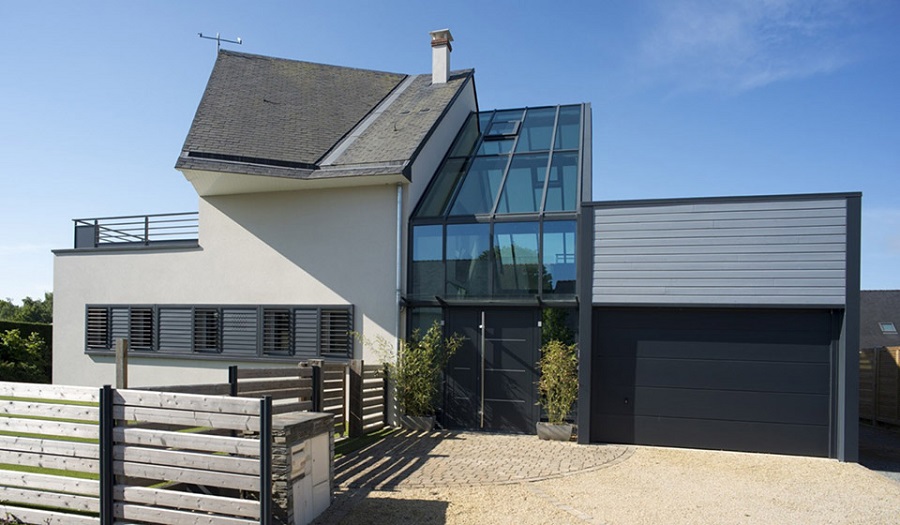
Saint-Gobain solutions
Saint-Gobain offers solutions for each of these aspects of comfort. They are designed according to the type of building (residential, office, school, healthcare, school, hotel) and the activity carried out inside. Measurable indicators are used so that the quality of comfort is more than just noticed by the inhabitants or those who arrive in such spaces on a regular basis, it can also be demonstrated.
What are the solutions proposed by Saint-Gobain? Here are just some of them.
- Glazing that blocks or lets in solar heat, that achieves the highest level of light transmission, or with maximum thermal insulation capacity (triple glazing),
- Safe and healthy materials with high thermal and sound insulation properties,
- Products with sound insulation or indoor air purifying properties,
- Plaster with the ability to improve thermal comfort,
- Smart membranes for improved airtightness and moisture management or air tightness control,
- Low-dust screeds and adhesives to improve user comfort during installation.
All these solutions are supported by specific building materials whose impact will be recognized in the quality of life of those who will live, learn or work in the buildings where they are used. Products such as Planistar Sun Plus, ISOVER, Rigips® Fonic or Activ'Air® are just some of them. What do they do? Planistar Sun Plus is a summer-winter comfort glazing that maintains a pleasant atmosphere all year round. Mineral glass ISOVER Super Profi has an excellent thermal conductivity of 0.032 W/mK, available in different thicknesses, does not burn, insulates and protects the building. Rigips® Fonic is a plasterboard with improved acoustic properties, and Activ'Air® Rigips is a revolutionary product that has the ability to improve air quality. The additivated core of the panel captures, traps and decomposes formaldehyde present in indoor air. Saint-Gobain holds an international patent for this technology, which reduces formaldehyde levels in indoor air by up to 70%.
All these products and more will be covered in future articles.
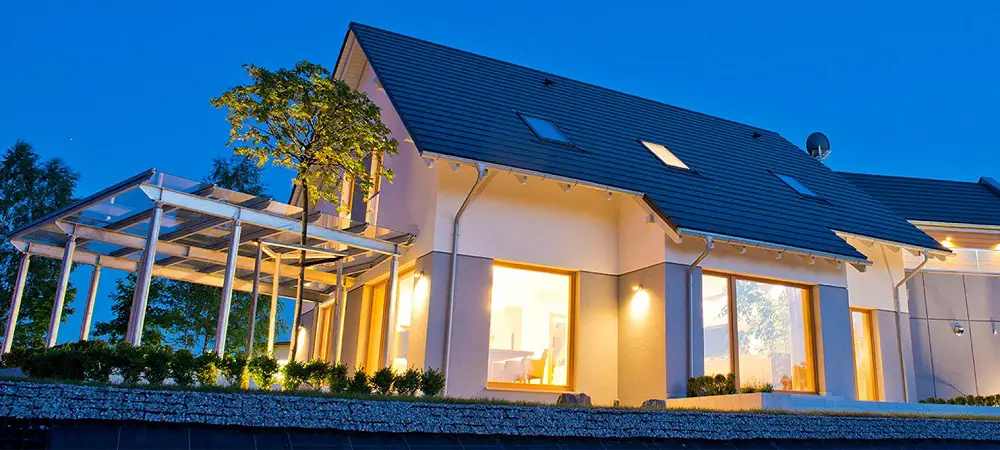
Multi Comfort Concept
The Multi Comfort Concept launched by Saint-Gobain promotes a holistic approach to building. Alongside the solutions for the comfort of the inhabitants are measures to prevent energy losses and to cover the remaining energy needs from renewable sources. For this, the building must be designed to be energy efficient, minimizing energy needs for heating, cooling and lighting. The energy needed will come from renewable sources, delivered by high efficiency equipment. Last but not least, a Multi Comfort building must be able to produce more energy in the future than it consumes. Now, unfortunately, domestic energy consumption is very high, and some of it is wasted due to inefficient systems or construction. This way of building must change to improve the quality of life for us and future generations. Multi Comfort is designed to bring a sense of well-being inside buildings while at the same time reducing energy consumption and generating as little pollution and waste as possible.
This change has started and there are already Multi Comfort certified buildings in the Netherlands, Norway, the UK, Italy, Italy, even Romania. There are houses, schools, offices, buildings made of massive elements (bricks), but above all buildings made of prefabricated wooden or wood elements CLT.
With this new series of articles, we take a foray into the modern and sustainable world of building materials, showcasing revolutionary concepts, materials and buildings built on them. We'll talk to people who live and work in them to find out how they experience comfort. It's time to realize that the innovations of the future don't just apply to mobile phones, automation and IT applications. Modern, healthy and sustainable solutions also exist in the field of construction, we just need to research and choose the options that contribute to our overall comfort.
























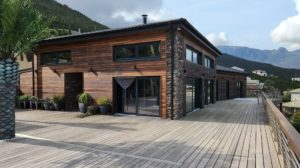

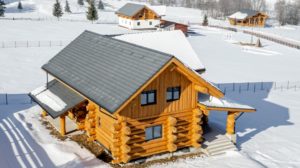


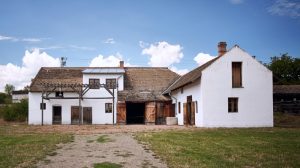
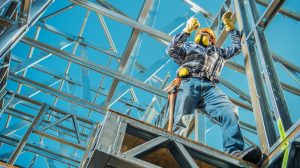
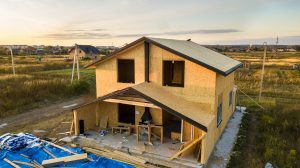
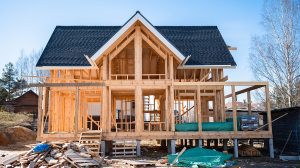



Add comment